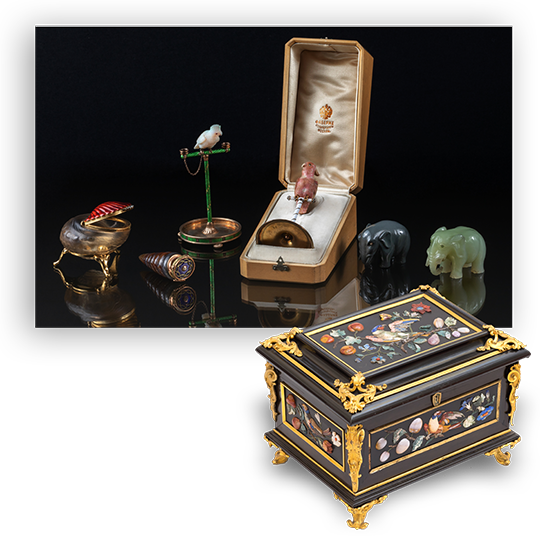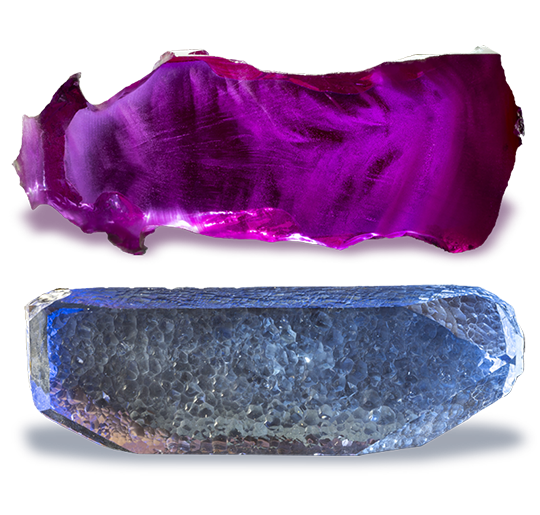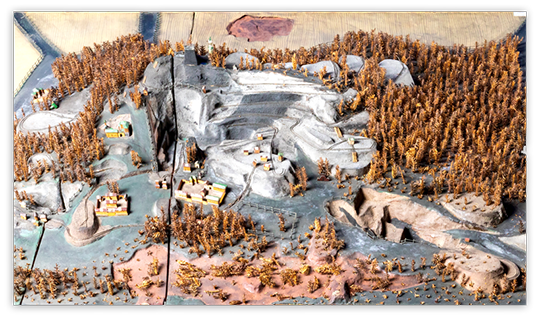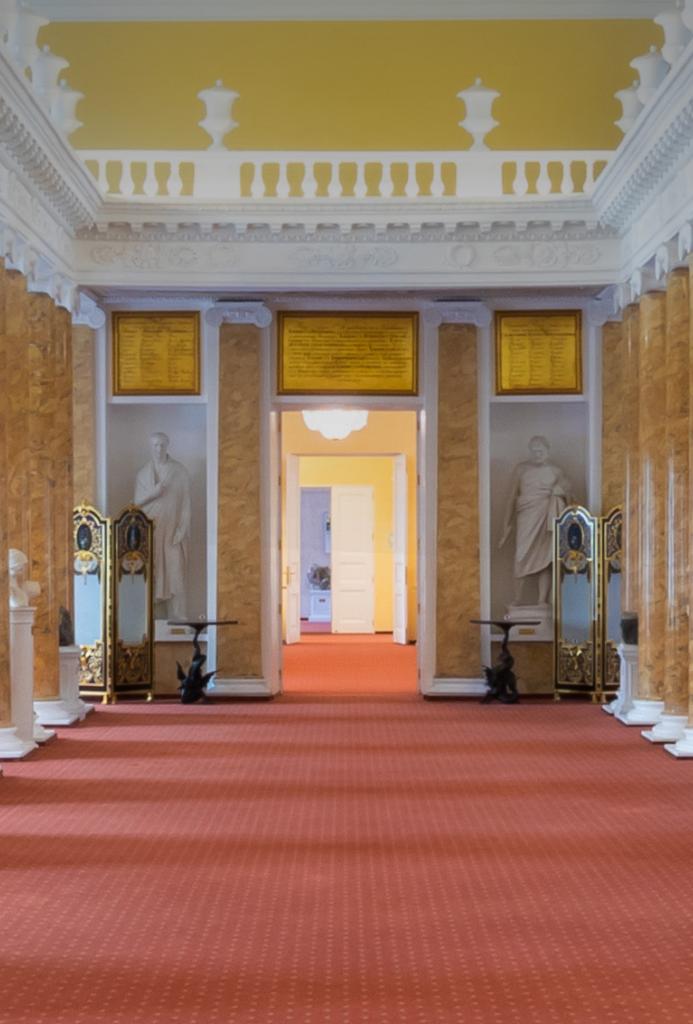History of the Museum. XX Century
«…A museum should not just reveal but also guide scientific thought, be not a warehouse and an archive but a living tool that pushes and fuels scientific thinking... One that by comparison outlines new ideas according to the old expression of late-18th century French naturalist Buffon, 'Collect the facts — they will bear a thought." »
Alexander Fersman
During the early Soviet period, the museum's funds were primarily replenished with the nationalised property of abandoned mansions, palaces, and corporate facilities. The new additions included:
- The collection of the famous painter and stonecutter Alexey Denisov-Uralsky numbering over 10,000 items;
- Collectables and ornamental stone material from the former storehouses of Demidovs – owners of mines in the Ural – totalling around 40 poods of malachite and magnetite;
- The mineralogical collection of E.A. Kupffer
The Mining Museum houses twenty exclusive showpieces of the jewellery firm House of Fabergé. These are souvenirs made of ornamental stones and precious minerals, with those that belonged to the members of the imperial family amongst them. For instance, the owner of a grey elephant from Kalkan jasper was the wife of Grand Duke Konstantin Romanov. Xenia Alexandrovna, the sister of Emperor Nicholas II, owned parrot figurines and a box of shell-imitating agates. These items were once part of private pre-revolutionary collections; in 1917, they were nationalised and transferred to the State Museum Fund.


Throughout the hard and locust years following the October Revolution, the Mining Museum was active and operating, whilst the Model Collection saw new additions. In 1924, the Guide to the Model Collection of the Mining Museum, compiled by mining engineer Nikolay Liflyand, was published. It is, as of now, the only printed catalogue of the Model Collection.
In the first decades of Soviet rule, new thematic areas were set up in the museum. These are cosmogony, petrography, and natural resources. The collections on palaeobotany, palaeontology of invertebrates and vertebrates were systematised. Decorative objects, cut stones, and raw minerals of gem quality were merged into a new section – Applied Mineralogy. The mineralogical collection was enlarged with samples of synthetic minerals.
Preparations for the 17th International Geological Congress, which took place in 1937, constituted a significant landmark in the museum's history. Amongst them: a topical guidebook to the Mining Museum was issued; the section on mineralogy started with a hall of geochemistry; brand new exhibition areas illustrating morphological and crystal-chemical properties of minerals were created; a genuine model of Dmitri Mendeleev's Periodic Table – 6 x 3.5 m in size – was made to display the structure of the chemical elements.
During the Great Patriotic War, the museum was forced to evacuate the most valuable items from the mineralogy section – diamonds, nuggets of gold and platinum, and other valuables – and move them to Sverdlovsk for temporary storage.
Some collectables were packed and lowered into the Mining Institute's underground vaults. However, most of the exhibits were left where they were, confined in the museum's halls. The collection was not particularly damaged.
The Column Hall was hit the hardest, with a torn roof, ceiling, and trusses resulting from the shell explosion. The splendid plafond of Giovanni Battista Scotti was almost wholly destroyed. A unique one-and-a-half-metre-long crystal of beryl did not survive either, shattered by fragments of the shell.


By 1948, in commemoration of the 175th anniversary of the Mining Institute, the museum's expositions had been almost re-created. Scientific and academic activities had recuperated.
At present, the Mining Museum is one of the lead structural subdivisions of St. Petersburg Mining University, included by the Decree of the President of the Russian Federation No. 1112 of July 30, 1996, in the State Code of Particularly Valuable Objects of Cultural Heritage of the Peoples of the Russian Federation. The museum's collections are part of the Museum Fund of Russia.
The museum's activities serve educational, research, pedagogical, cultural, and awareness-raising purposes. Its specifics are the connection to the educational process and active participation in the training of highly qualified specialists.
The forms of presenting unique museum collections developed in the museum allow to notably increase the information content of the study sessions held in the Mining Museum's halls. They also help to more effectively use the educational potential of the museum across all stages of multi-level specialist training.

